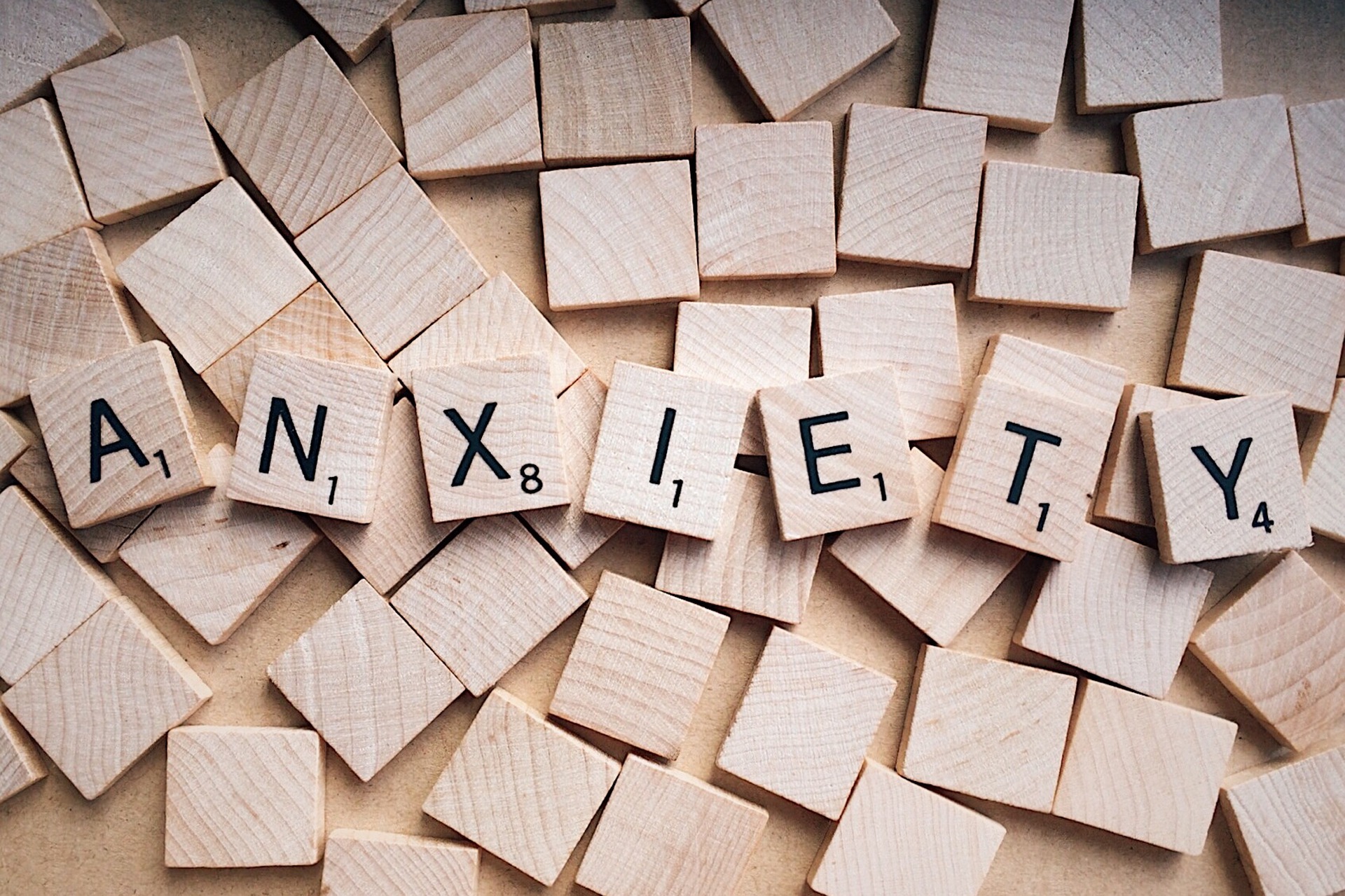
As we all strive to live long and healthy lives and be part of well-connected communities, we inevitably change our lifestyles and our understanding of other people’s lifestyles with time.
Where we live inevitably shapes our lifestyle, because it affects the food, the activities, and the opportunities we have. Also, as wealth inequality rises, our perception of lifestyle is bound to change with it for the simple fact that we must adapt to living with the resources we have.
Those in lower income brackets must make do with less habitable space, must cut back on certain luxuries, and possibly change how they spend their day based solely on where they live, for instance. If they don’t have enough room for a grandparent to look after the children while they work, for instance, then one of the parents may be unable to work. On the other side of the scale,
Standard of Living, Quality of Life and Cost of Living
Standard of living is a measure of people’s wealth, comfort and access to necessities. Income per capita, GDP, national economic growth, stability, equality, safety and environmental quality factor into this.
By comparison, quality of life is a subjective measure of happiness based on people’s perceived satisfaction with their lives at a point in time. It tends to rise with spending power, and it’s not an indication of wealth. It’s generally used to compare different social or age groups.
As for cost of living, it’s not about how much you earn or what you own, but rather how much you can buy with your money. Urban dwellers, for instance, tend to have higher incomes than people living in rural areas, but they also tend to spend more of this income on housing and transportation.
Cost of living goes hand-in-hand with quality of life, but it’s more dependent on geography. To be more specific, it’s used to compare spending power between dwellers from different cities, or a city and the environs. Where you live can influence your perception of your own lifestyle or of other people’s lifestyles.
Let’s also not ignore the gap between living standards and quality of life. People can have very high living standards, but their quality of life can be in decline due to a lack of access to medical care and means of personal transportation, or due to exposure to pollution. Which is why it’s very important for new residential developments to be self-sufficient, with adequate transportation, education and medical facilities.
High Living Versus Life in a Shanty Town
People have very different perceptions of acceptable living standards and lifestyle choices based on where they live. To some, living in shanty towns in deprived regions is the norm, and it’s certainly better than being a pavement dweller; take Rio’s favelas or Mumbai’s slums. In other cities, those living conditions and that way of life would be unacceptable.
By contrast, people taking up residence in Casablanca’s upcoming Victoria City development may think modern homes like these are typical for middle-income families. Indeed, for developer Mazen Al Sawwaf, who has used his influence to promote residential projects across the globe, the aim isn’t to offer luxury, but rather comfort, safety, equity, autonomy and opportunities to flourish in a diverse community. To others, though, homes such as these are the height of luxury.
Whichever way you look at it, our standards of living, our life styles and our perception of them are changing to keep up with a more numerous, more diverse and more exacting society. So, it’s only natural that the cities of today keep up with our fast-paced lives, but also give us opportunities to grow and prosper.








